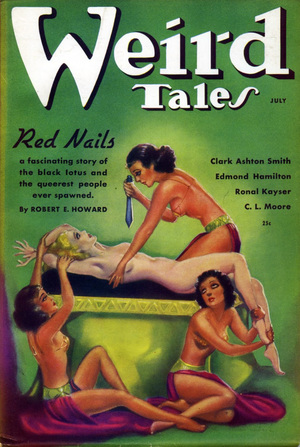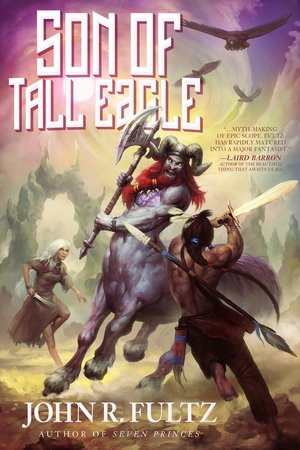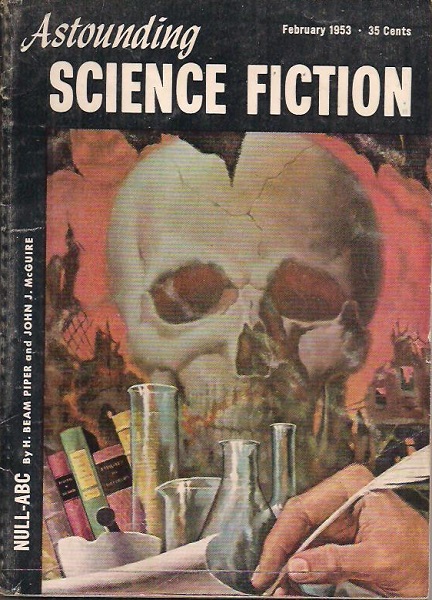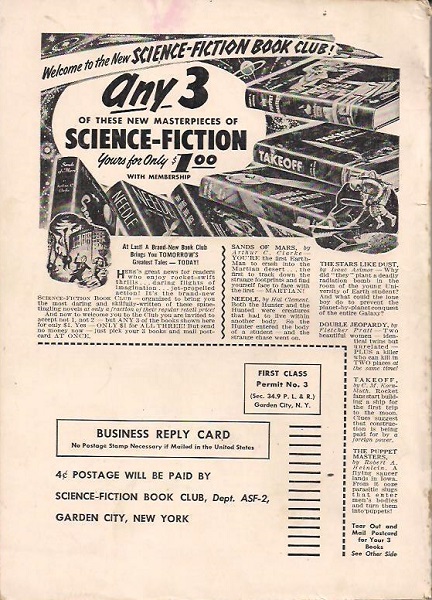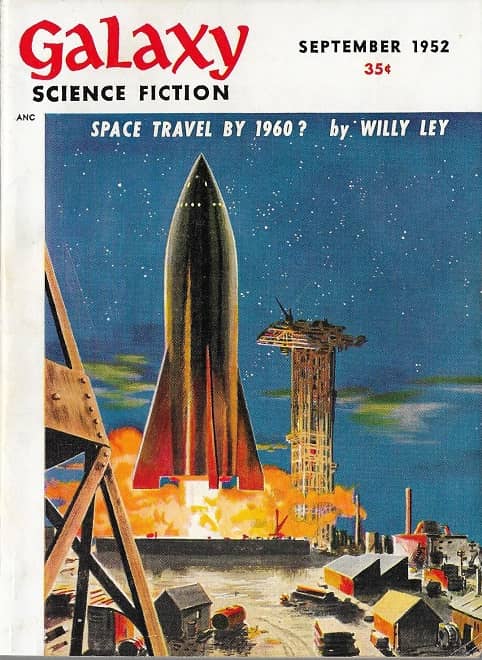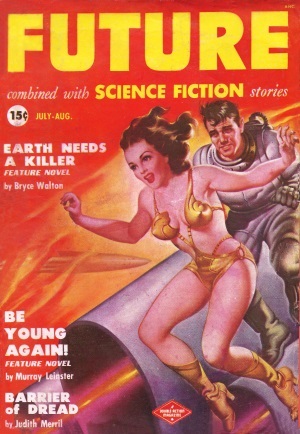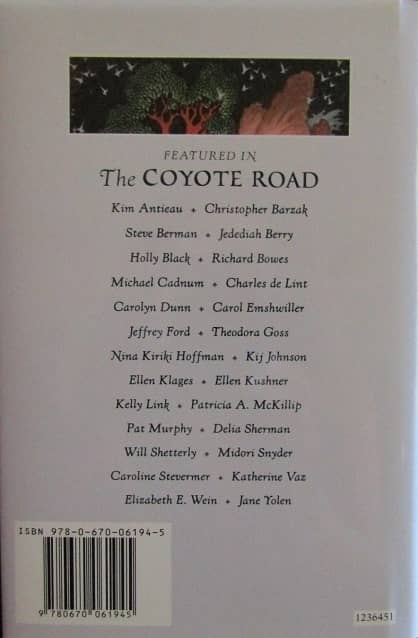Birthday Reviews: Philip José Farmer’s “The Rise Gotten”
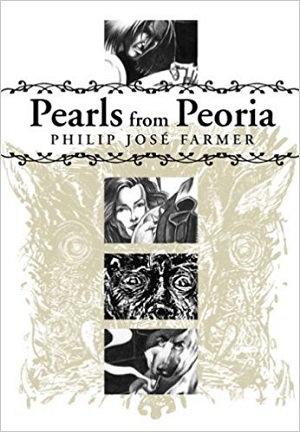
Philip José Farmer was born on January 26, 1918 (Happy Centennial, Phil!) and died on February 25, 2009. In 1953, he received one of the inaugural Hugo Awards for Best New Author or Artist (a forerunner to the John W. Campbell, Jr. Award). He would win the Hugo again in 1968 for his novella “Riders of the Purple Wage” and in 1972 for his novel To Your Scattered Bodies Go. Farmer was the Guest of Honor at Baycon, the 1968 Worldcon in Oakland.
His lifetime achievement awards include the World Fantasy Award and the SFWA Grand Master Award, both awarded in 2001. In 2003, he received the Forry Award and the First Fandom Hall of Fame Award. Farmer was known for expanding the science fiction field to include frank portrayals of sex with his novel The Lovers (Ballantine, 1961, expanded from the 1952 novella of the same title).
His story “The Rise Gotten” was written for an anthology Robert Bloch planned, but never published. The story saws its first publication in 2006 in the collection Pearls from Peoria, which collected previously published and unpublished works by Farmer.
“The Rise Gotten” is the story of a long-married couple who have fallen out of love, and merely survive in each other’s presence. Roger Baird’s impotence is a major sticking point for his wife, Rey, who either ignores him or denigrates him. Roger is just as happy ignoring his wife, whose alcoholic stupors make her less attractive to him even if he weren’t suffering impotence.
Their relationship, while sad, is completely mundane. Roger retreats to his study to get away from his wife and her sister’s drinking binge and turns his attention to the newspapers, which he reads and finds just as much horror as in the magazines, like Weird Tales, which form his pleasure reading. After his sister-in-law leaves and his wife suggests a cure for his impotence that worked for her brother-in-law, the story takes a decidedly dark turn. While part of the power of Farmer’s story comes from its ending, most of it comes from the sudden switch from a very mundane tale to Roger’s reaction to his years of humiliation by his wife.

